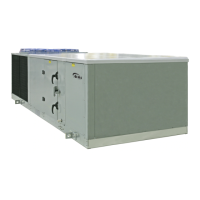What to do if the supply blower will not run on my Desert Aire LW?
- CCynthia MckeeAug 1, 2025
If the supply blower on your Desert Aire Dehumidifier isn't running, start by checking if the system terminal switch is open and close it if it is. Also, verify that you have main power by checking for tripped circuit breakers or blown fuses. Inspect the blower overload relay; if it has tripped, check the blower amp draw and reset the overload. Note that the thermal protector or thermal overload will automatically reset once the motor cools. Finally, see if a fuse in the electrical circuit is blown and check if the unit is in defrost mode, and if so cycle the power.


